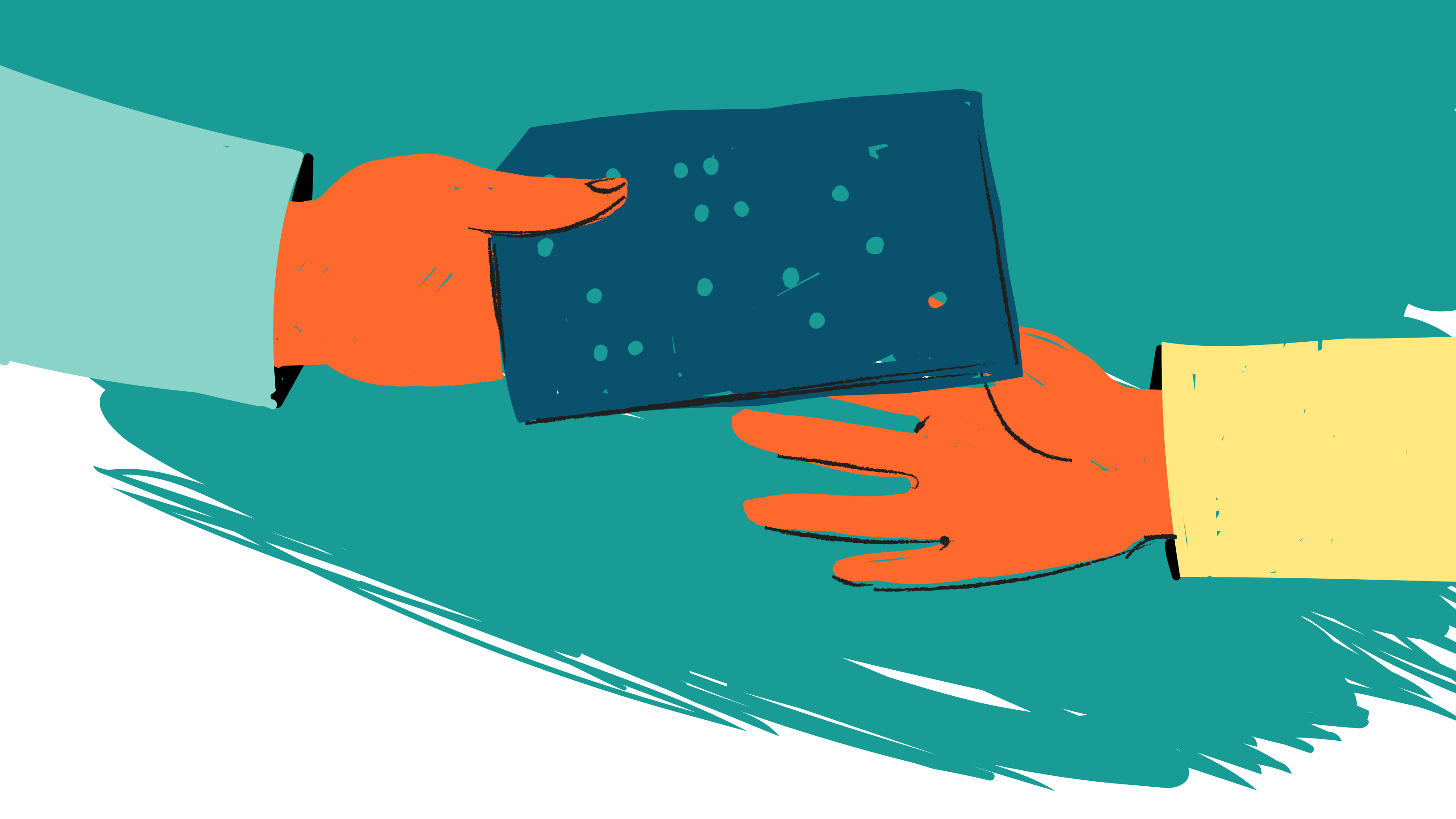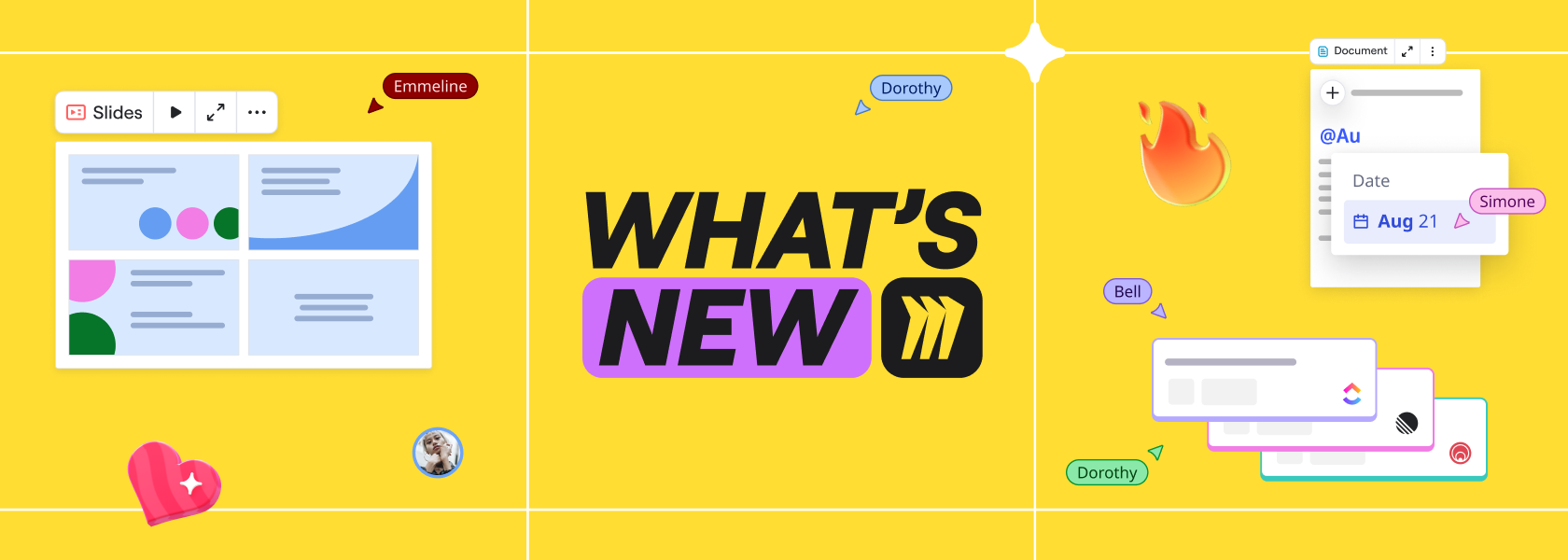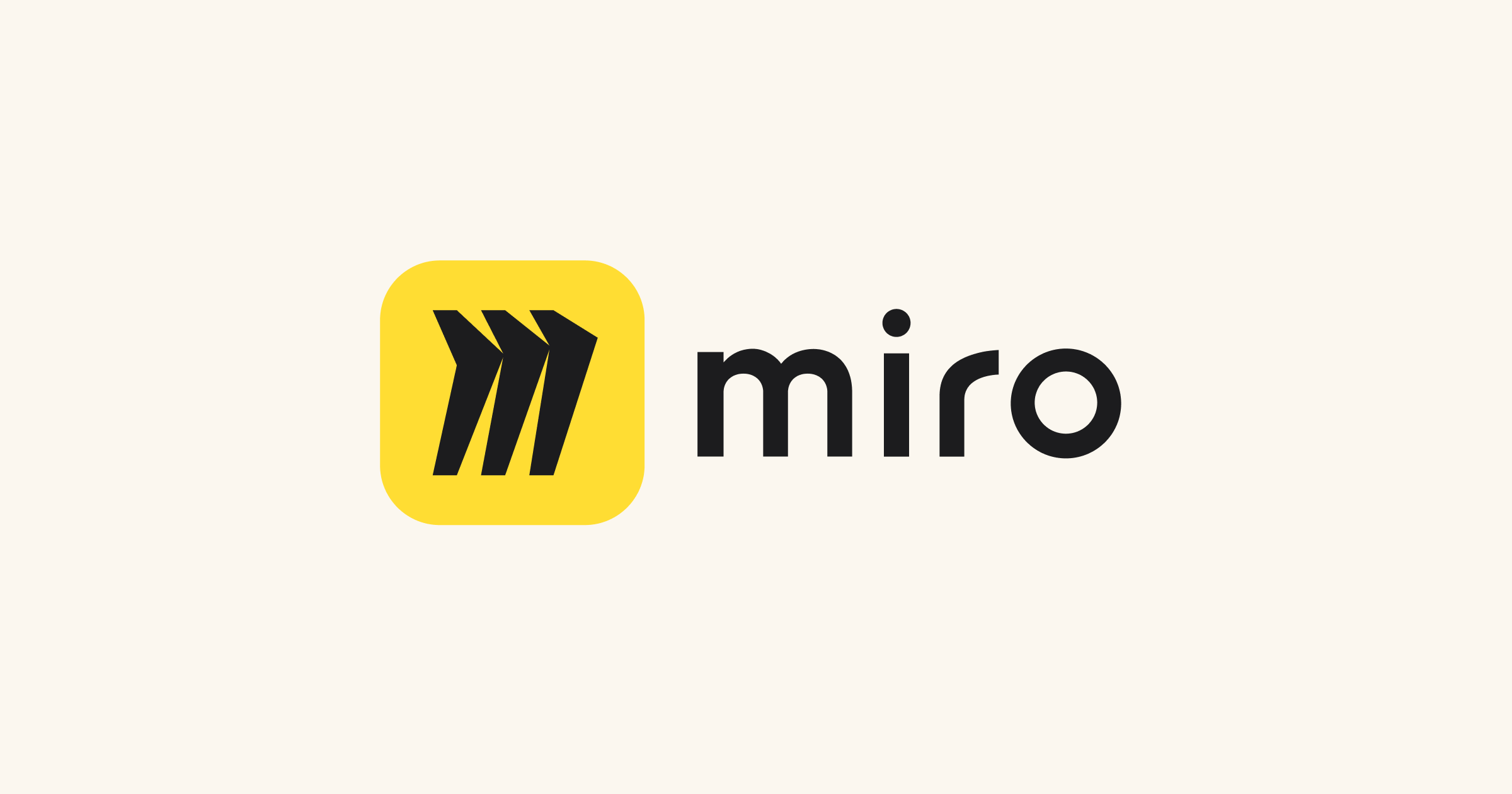At Miro, we’re trying to talk to designers, consultants and product people that are leading the industry in order to understand what’s the future of experience design, product development and remote work. We’re really pleased to start this series of interviews with thought leaders in this space. Today, we talked to Susan Weinschenk, a scientist and a best-selling author, about the way designers can benefit from scientific research and what makes online products and services popular and likeable for their users.
How did you start your research in the field of design and behavioral science?
Many years ago, I was in graduate school working on my PhD in psychology at Penn State. It had a language requirement, but instead of taking a foreign language, you could study a computer language. So I decided to take this course on programming languages, never having touched a computer before.
Once I went to run my very first program with punch cards. I took my cards to the special building with the computing center and handed them to the guy on the desk. And they would run your program for you and you would wait around and then they’d come out and put these pieces of paper in binds alphabetically, so you get the answer on the piece of paper. I waited 15 minutes and then I got a piece of paper and it said ‘Job aborted’. I had this big ‘Aha’ moment. I thought that if regular people, like me, would start using computers, this is not going to work because these machines aren’t user friendly. I realized that computes have to change. After that, I began applying cognitive psychology, and cognitive science and adapting it to the design of software. And right after that personal computers came out and everyone started using them.
The second major point happened around 15 years ago when I started reading about the new research in the unconscious. Thanks to brain scans and other technologies, the whole field of psychology was really starting to expand in terms of brain science. I started reading about the newest research on unconscious mental processing and that connection to behavioral science and learning why people do what they do unconsciously. I realized how are decisions being made, how visual displays, things that we see visually grab our attention and we don’t even realize it. It was great to take these neuroscience insights and connect them with design, so I wrote my first book ‘Neuro Web Design: What Makes Them Click’ and then it went from there.
How do you adapt these scientific insights and discoveries to contemporary interfaces or realities of the industry?
If you’re designing a product and you want to incorporate this human and behavioural science ideas, you have to ask yourself what are the basic things we know about people. Your design prototype should be differently based on that. For example, we know that we have this thing called ‘pre-attention visual area in the visual cortex’ and it is programmed to pay attention to very particular things, so it will notice if everything is one color or black and white, but one thing is a different color, that will automatically grab attention to one different color in a visual field. We know that the same area pays attention to orientation, so if everything is vertical but one thing is tilted slightly, that will be noticed. And if everything is a circle, but one this thing is not a circle, then we will notice that.
So if you’re designing a page on the website or in the app and you want to grab attention or make people notice something, it means you can only mess with one thing, right? If you have 5 different colors on the screen, nobody’s gonna notice anything. But if you have everything black and white but the button to register has color and it’s the only bright color on the screen, that’s what people will notice. If you understand this kind of basic principles of vision, of memory, of decision, you can then evaluate your product or design your product to make it to get people to pay attention to one thing more than any other.
The other big question is: if I want them to take an action, what drivers of motivation are going to be most powerful for your audience? You can then ask yourself what’s the one thing I want people to do in my app, in my website? And which of these seven drivers is going to be most powerful for this audience? If you bring those two things in, you are going to design a product that is more engaging.
7 drivers of motivation, according to Susan Weinschenk
- The Power of Stories
- Tricks of the Mind
- Instincts
- “Carrots and Sticks” (reward and punishment)
- The Need to Belong
- Habits
- The Desire for Mastery
When your first book about neuroscience came out, what feedback did you get from designers?
Even before the ‘Neuro Web Design: What Makes Them Click?’ book came out, I’ve always been applying psychology and behavioral science to design. Back then, people found it interesting, but it wasn’t super critical for them. After “Neuro Web Design” came out, that was the very beginning of the whole wave of designers being very interested in behavioral science.
My book ‘100 Things Every Designer Needs To Know About People’ has been even more popular. I think one of the things they appreciate is knowing why some of the things they know from experience work and being able to explain their design decisions based on science. People really like being able to say in a design meeting, “We should do this because the research shows that people pay attention if there’s only one thing on the screen that is in a different color.”
These days, designers in general are very human-oriented, very aware that they’re designing for people who might not be exactly like them. And they want to learn more about how to take that into account in their design.
Have you noticed any major changes in users’ behavior since your book about “100 Things Every Designer Needs To Know” came out?
On one hand, interfaces change as our technology changes and users become more sophisticated. On the other hand, the human brain changes slowly, right? Evolutionary changes take thousands or hundreds of thousands of years. The interesting thing is that some things change quickly and some things don’t change, and I’m really fascinated with the interplay of those two things.
As the interfaces change and there is a change of expectations. It’s very important to have a sense of what your target audience expects, and what are the other interfaces they use. As a designer, you need to make assumptions about all of this. And if you are not correct in those assumptions or if you don’t give yourself the freedom to try something new and test it, there’s a lot at stake. These days you’ve to be aware of what’s out there, try alternatives, create prototypes and do a lot of testing.
Are there any patterns or problems that your clients often face?
We have clients who might want to do something that sounds simple—for example, design their online billing for customers. However, it really can be difficult. With everything being automated, you can, say, put a very simple message about their bill, but it can come across as harsh. I see that large companies, who are heavily into automation, have to really watch out that their relationship with their customer doesn’t get undermined by a series of automatic error messages that no one’s paying attention to.
Also, I see many startups who are trying to disrupt particular industry and they want to know if their assumptions are actually accurate. Will it be true that people will prefer to do this thing instead of what they are used to? So let’s use Miro as an example. You’re taking an established way of people working together, which is they’re in the same room, there’re whiteboard, Post-It notes, pens. You might come to us and say “Our belief is that this can be done remotely, we think people can transition to a new way; is there any science beyond that and should we do this this way or that way?” So that might be an example of a client who is trying to more deeply understand human relationships and behaviour in the workplace to make sure that their product will be accepted.
A wonderful serenity has taken possession of my entire soul, like these sweet mornings of spring which I enjoy with my whole heart
Are there any products or companies that in your opinion understand human behavior and can leverage that?
Large companies like Facebook really understand the intense desire we have to be social and connect with other people. Yuval Harari’s book ‘Sapiens’ has wonderful charts showing that humans really want to know what’s going on with other humans and who is connected to whom. Also, I think Amazon has done a good job at working with algorithms, using your behavior to create an efficient interface and build a lot of trusts. It might not be the most beautifully designed interface, but they’ve really excelled at understanding what people want to do.
How does this changing nature of work affect your team and your consulting tasks?
This is an area I’m really interested in. I’m talking to you from a home office in Wisconsin, and our clients are from all over the world, so 90% of our time is spent working remotely.
Unfortunately, I’m disappointed in tools for remote collaboration. The tools you’re using have to be transparent. When you’re working with someone and you’re there in the same physical space, you don’t think about that, you just grab a pen and start drawing on a whiteboard, right? If our tools can be that easily used and that seamless, then they work.
For instance, we’re very used to telephones. I just pick up my cell phone, I call, we talk. If it’s a conference call and we’re using a new app, I need to download something. It isn’t transparent anymore, I have to think about how to deal with it. Some of these tools might be fairly transparent once you get used to them, but that initial hurdle is a big one. Companies that want people to adopt some new tool need to pay attention to this time period at the very beginning. How long does it take for people to get a mental model of how the tool works? How hard is it to set it up?
If onboarding lasts too long and it’s too hard, you’ll never make it through to the point of using the tool in a transparent way. This is a huge challenge of coming up with collaborative tools. And I think it’s very important because somebody is always not co-located. And I think we haven’t done a great job at this yet.
A wonderful serenity has taken possession of my entire soul, like these sweet mornings of spring which I enjoy with my whole heart
What advice can you give to the designers starting to work in experience design of UX?
There are a lot of different methodologies — Lean UX, design thinking, Agile UX, traditional user-centered design, etc. No matter which one you’re using, there are some basic processes you need to do to design an optimal user experience.
You don’t need a year for user research, but you need some moment of understanding of who’s the target audience. Whenever you start to design something, you are making assumptions about the people who are going to be using this. You’ve got to discuss “Wait a minute! If we have three target audiences, but this one is the most important, who are they? What are they trying to do? What are their expectations?” You cannot ignore what’s traditionally called user research, I don’t care if you spend an hour doing it, you’ve to do some.
The next thing you’ve got to design for particular people trying to do a particular task. What should happen when people are on this page? Paying attention to the micro-moment design, understanding who your users are, prototyping, testing it and evaluating is very important, and you have to put these stages into your timeline. So those pieces — knowing who your target audience is, designing for the micro-moment for that target audience and making sure you’re prototyping and testing — are crucial.
About Susan Weinschenk
Susan Weinschenk is a behavioral psychologist who has been working in the field of design and user experience since 1985. She is an author of How To Get People To Do Stuff, 100 Things Every Designer Needs to Know About People, and Neuro Web Design: What makes them click?. She is also the founder of The Team W, the consultancy specializing in applying psychology and behavioral science to understand, predict, and direct how people behave.





